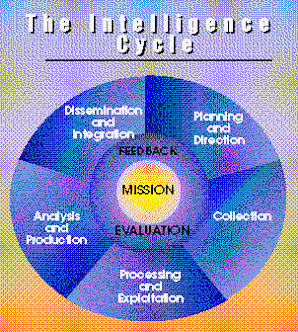Two Out of Five Drivers Admit to Falling Asleep at the Wheel
Two out of every five drivers (41 percent) admit to having fallen asleep at the wheel at some point, with one in ten saying they’ve done so in the past year, according to a new AAA Foundation for Traffic Safety study. More than a quarter of those surveyed admitted they drove despite being so tired that they had difficulty keeping their eyes open in the previous month. Eighty-five percent of drivers surveyed felt it was “completely unacceptable” for someone to drive if they are so tired they are having trouble keeping their eyes open. Unfortunately, drivers may not always be aware of the effects of fatigue resulting from a lack of sleep. In recognition of this week’s Drowsy Driving Prevention Week®, hosted by the National Sleep Foundation, AAA wants all drivers to recognize the seriousness of this dangerous, yet underestimated, driving practice.
“When you are behind the wheel of a car, being sleepy is very dangerous. Sleepiness decreases awareness, slows reaction time, and impairs judgment, just like drugs or alcohol, contributing to the possibility of a crash,” said AAA Foundation President and CEO Peter Kissinger. “We need to change the culture so that not only will drivers recognize the dangers of driving while drowsy but will stop doing it.” A new analysis of National Highway Traffic Safety Administration crash data estimates that about one in six (16.5 percent) deadly crashes, one in eight crashes resulting in occupant hospitalization and one in fourteen crashes in which a vehicle was towed involve a driver who is drowsy. These percentages are substantially higher than most previous estimates, suggesting that the contribution of drowsy driving to motor vehicle crashes, injuries, and deaths has not been fully appreciated.
"Many of us tend to underestimate the negative effects associated with fatigue and sleep deprivation and, conversely, overestimate our abilities to overcome them while driving," said Kathleen Marvaso, vice president, AAA Public Affairs. "This data underscores the importance of educating drivers on the simple, yet effective steps they can take to prevent a possible tragedy. Unfortunately, too many drivers have adopted the 'I'm tired, but I can make it’ mentality, often to their own peril or to the peril of others." To remain alert and avoid drowsiness, AAA suggests:
- Getting plenty of sleep (at least six hours) the night before a long trip;
- Scheduling a break every two hours or every 100 miles;
- Traveling at times when you are normally awake, and staying overnight rather than driving straight through; and
- Stop driving if you become sleepy; someone who is tired could fall asleep at any time.


0 comments:
Post a Comment